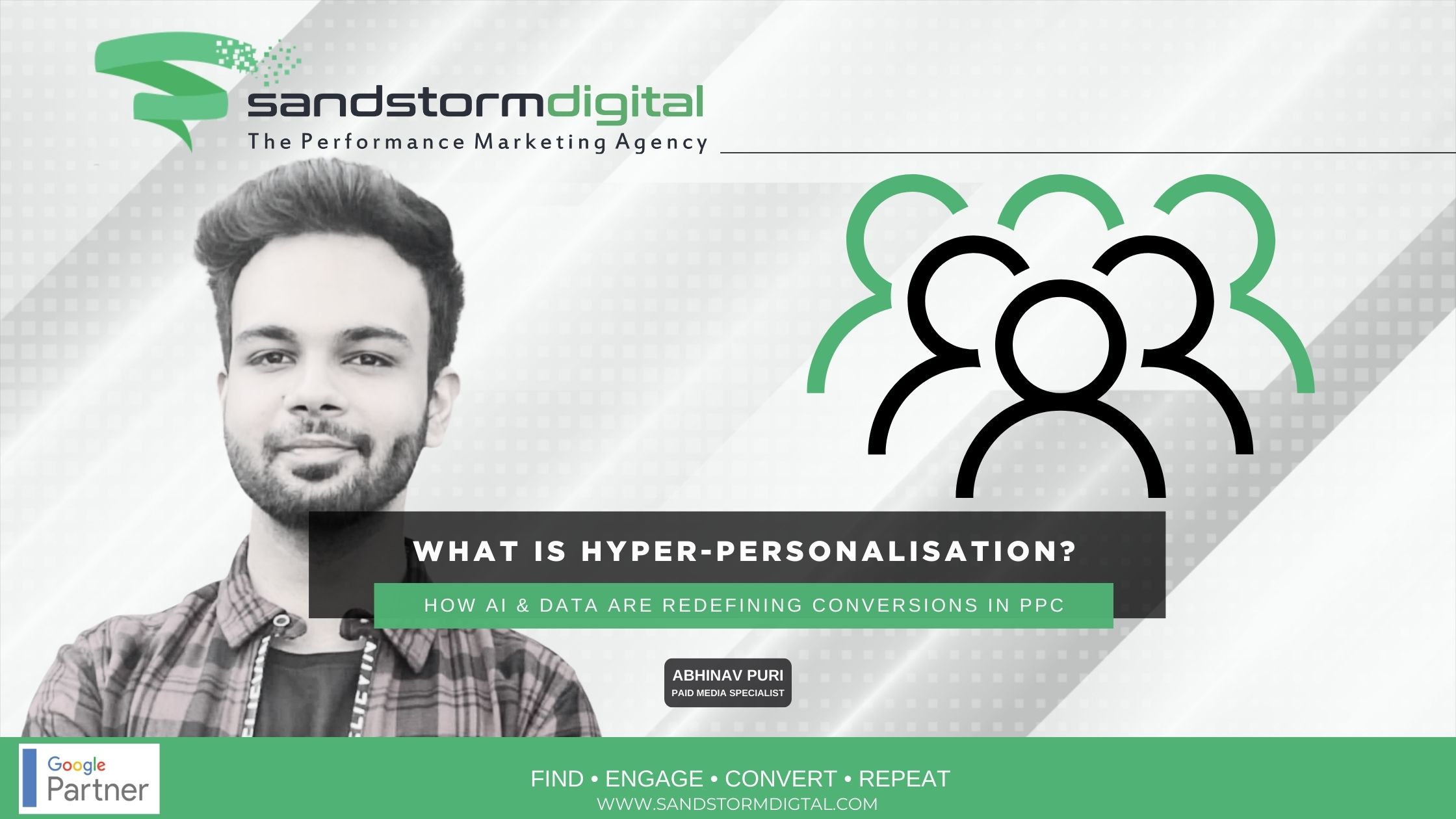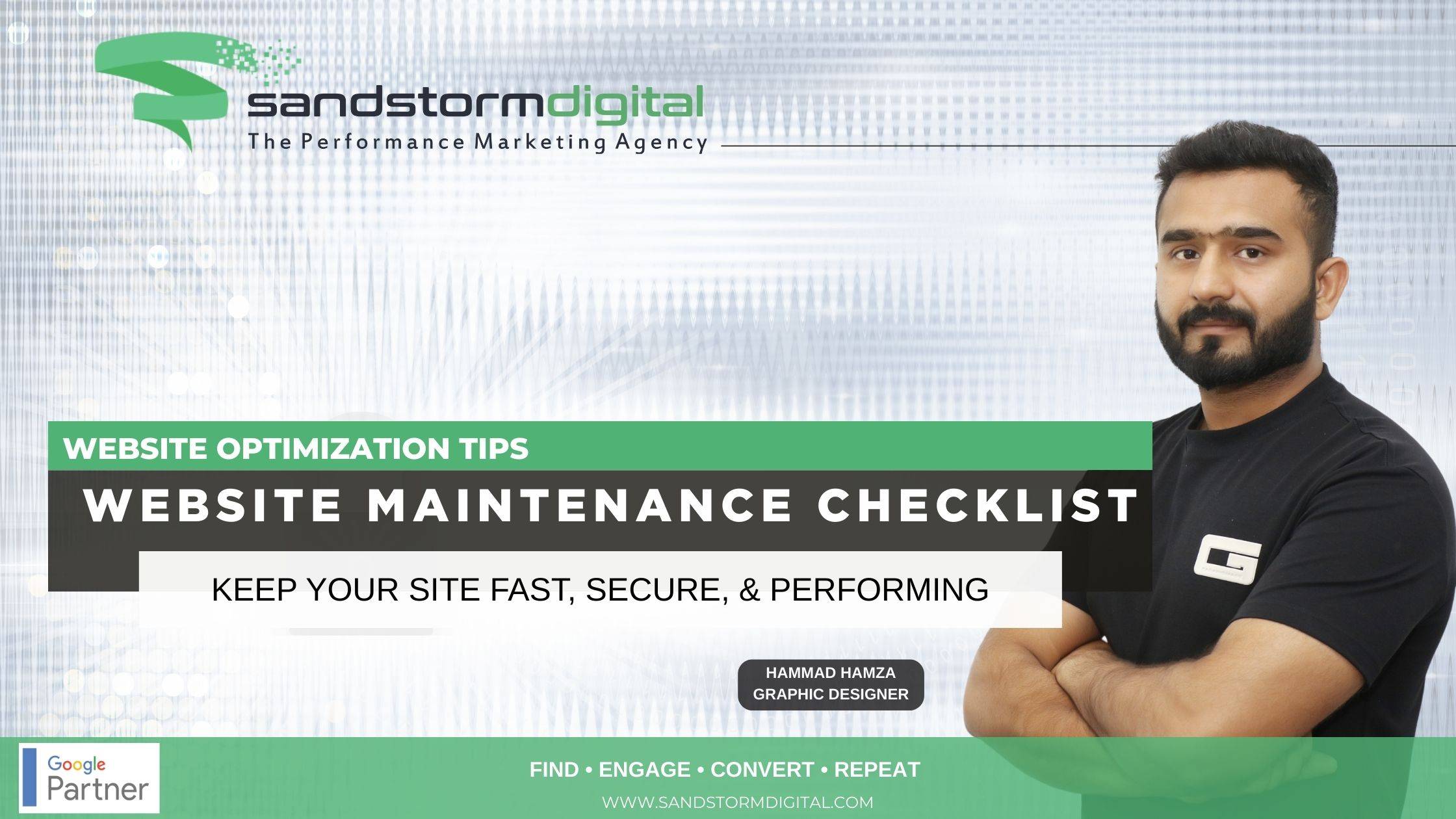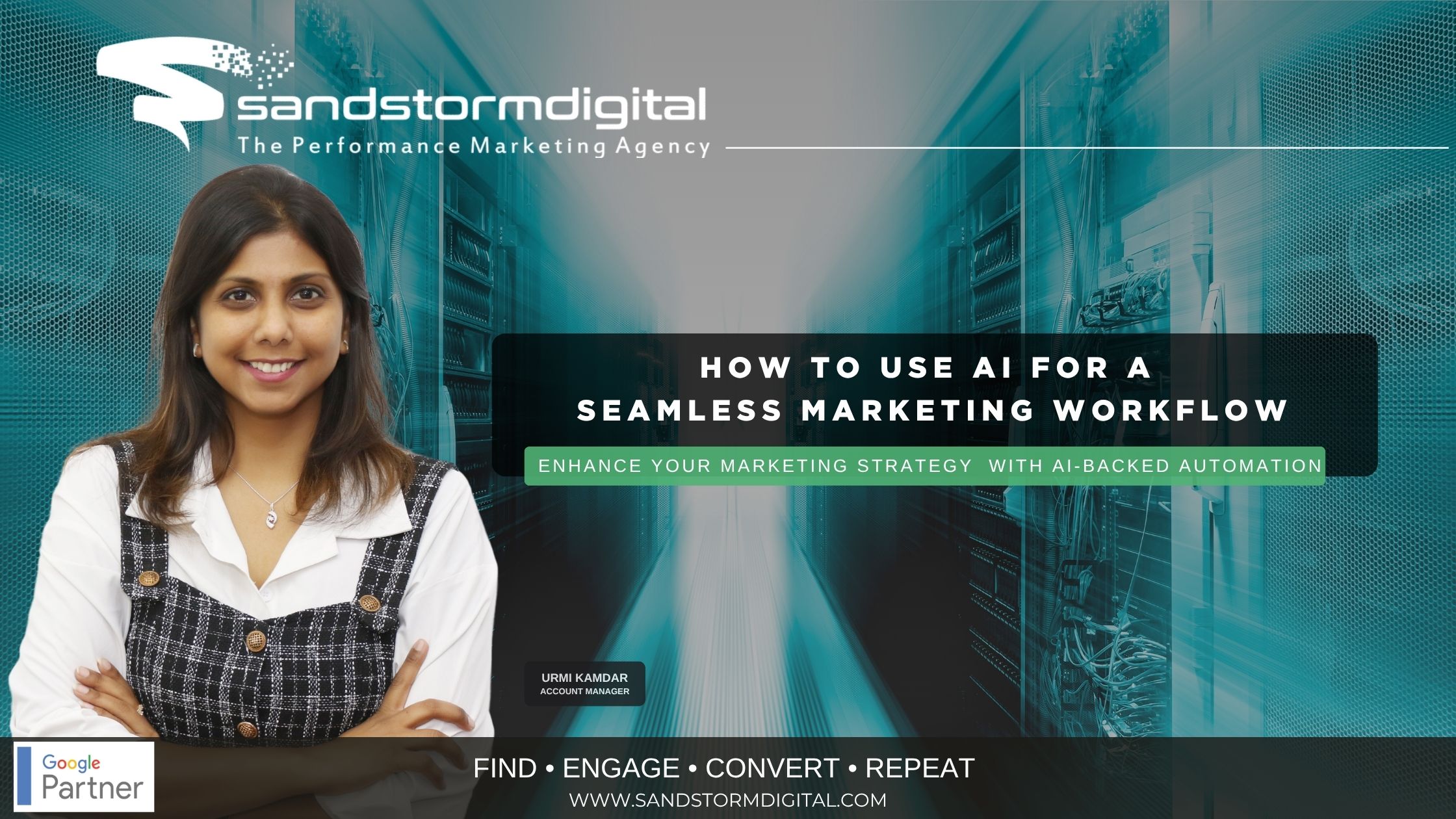Usability and user experience is some technical jargon from the online world that confuses a lot of people. Sometimes even UX designers in the field get the two confused. So how are small time site owners supposed to compete and conform if they don’t have some type of IT degree in the field? First, it is necessary to break it down a bit, so you can have a clear understanding of the two.
Usability refers to the functionality of a product and how easy it is to use. Is the product effective and efficient? When applied to a website, poor usability can cripple conversions. User experience refers more to how a product makes the user feel. Does it satisfy them emotionally? User experience applied to a website encompasses the visitor’s interaction through the website. This applies to all user feelings, including expectation and satisfaction. Now that you know the basics, you can decipher the fundamental elements of each.
Usability
The four basic elements of usability include functionality, flexibility, learning capacity and industry design. Functionality refers to how well a website functions with respect things like page load speed and working links throughout the website. A site with responsive pages that display well across multiple screen types is part of its flexibility. Network security is also an important part of industry usability. Learning capacity describes whether the site is easy to use without the need for additional learning or education. Users want a smooth surfing experience that is easy to navigate. Obviously, industry design is going to be about graphics and the way your website looks. It needs to be advanced enough to compete in the digital marketplace, yet compelling and easy for the audience to use.
User Experience
Again, user experience is more about emotions for the user. The four fundamental elements of user experience include desirability, usability, adaptability and value. Make your website fun and engaging and it will be desirable to the audience. Again, a smooth surfing experience is necessary. Usability means is should be easy to complete tasks on the site, such as navigating or completing a call-to-action. Adaptability may not be the best description here, but this refers to whether people will frequent the site. Does it have a purpose to fulfill? Of course, the content on your site should provide value to the audience. If it does, they will stay and convert.
Goals
With respect to websites and the traffic they get, usability and user experience have different goals. The end goal of usability for a website is for it to be easy to use and memorable to the visitor. The site and its pages should be effective and efficient while providing a valuable experience to the visitor. Good usability on a website can actually influence its user experience, even though the end goal is a little different. A site with good usability will makes visitors feel comfortable because the information is convenient and available quickly. The end goal of user experience includes the users’ satisfaction with respect to enjoyment, pleasure and value. Good usability makes it easy to use and intuitive while the user experience makes it appealing and fun to use.
Usability and user experience can influence the traffic on your website as well as conversions. While it may be necessary to get professional help to accomplish both goals, at least now you understand what to strive for. The elements of usability and user experience go way beyond typical on and off-page SEO.











